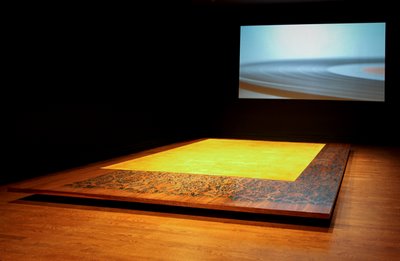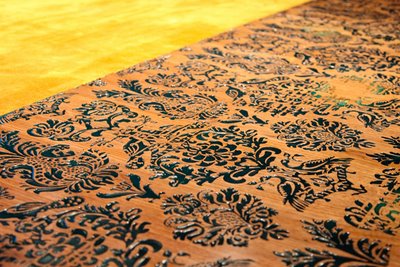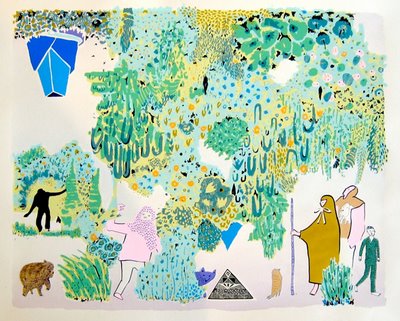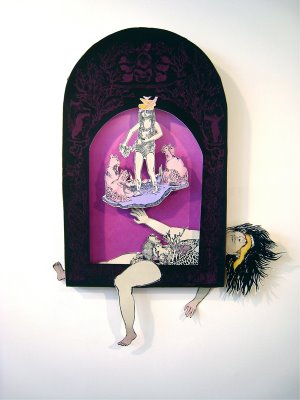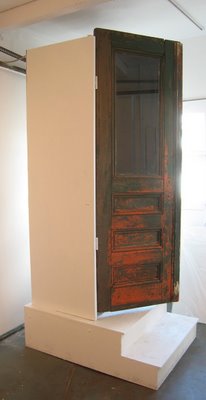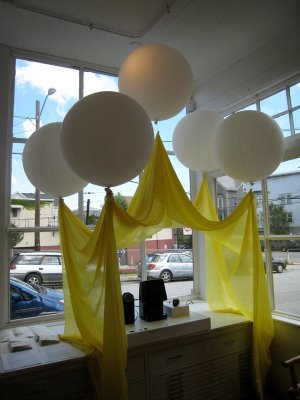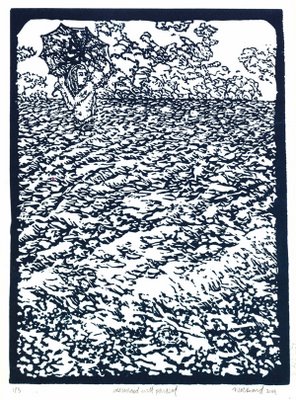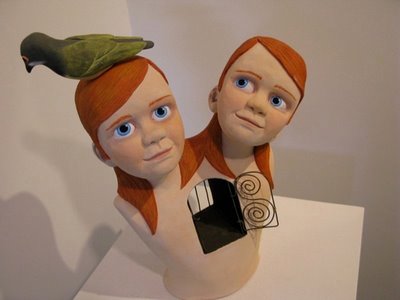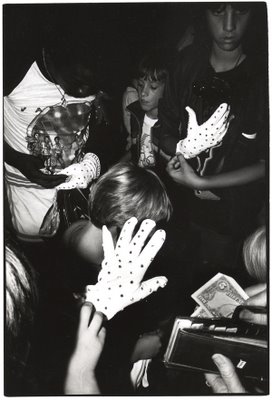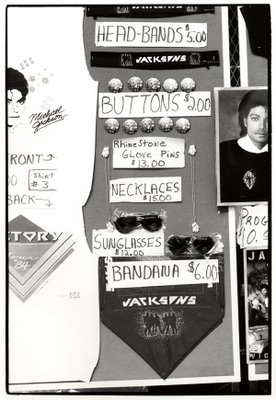Key weaknesses in the Rose suit
The suit filed by three Rose Art Museum overseers Monday to protect the institution and its collection offers scant documentation of limits on how Brandeis University may use donations to the museum. In particular it seems to offer no evidence of restrictions on the heart of the museum’s collection – the work that many feel makes the Rose the Rose, the work that many consider the most valuable in the collection – art by Warhol, Rauschenberg, Johns and Lichtenstein acquired shortly after the museum opened in 1961.
The 12-page suit (read it here) plus 142 pages of wills, letters, donation agreements and other supporting documents has two main goals: (1) to keep Brandeis from selling off some or all of the collection and (2) to keep the museum operating as a full fledged museum as it had before the Waltham university threatened in January to close it.
The suit documents note restrictions on certain gifts, requiring them, for example, only to be used for maintenance of the 2001 Foster addition or funding the Rose director’s salary. A June 1, 2009, letter from the attorney of Lois Foster, one of the three overseers filing the suit, to Brandeis president Jehuda Reinharz states that “all endowments established by the Fosters at Brandeis University for the Rose Art Museum were predicated on the understanding that it would always be a full fledged art museum.” But this understanding appears nowhere in writing in the suit’s documents.
The overseers’ case could hinge on an Aug. 13, 1968, letter from the museum’s founding donor Edward Rose to Brandeis University, announcing his gift of $1,000 to establish the Bertha C. and Edward Rose Museum Endowment Fund A, with its “income only to be used to acquire additions to the collection” of the Rose Museum. “Net proceeds of sale of items from the Museum collection shall be treated in the same way as income from said Endowment Fund unless prohibited by the terms under which the items were acquired.” At the bottom, the letter reads “The foregoing is agreed to: Brandeis University” and signed by then president Abram L. Sachar.
Art journalist Lee Rosenbaum argues that “The university's lawyers may well try to argue that this signed contract only governs sales of art acquired from the relatively meager acquisition funds donated by the founders. But the language of the mutually accepted letter appears to restrict sales from the museum's entire collection. The litigants will need to thrash that out.”
For Rose backers, the best case scenario here is that one sentence in one one-page letter dictates that Brandeis may only sell works from the collection to acquire additions to the museum’s collection – not to benefit the university generally, as Brandeis administrators have sought. Not a lot to hang your hat on
And the letter is from 1968, seven years after the museum opened, and at least a few years after the heart of the Rose collection was acquired. “Soon after opening, the museum’s first director, Sam Hunter … initiated a vigorous and visionary collection campaign with a gift of $50,000 from Leon Mnuchin and his wife Harriet Gevirtz-Mnuchin,” the museum’s history explains. “Hunter purchased twenty-three art works, twenty-two of which have become iconic in the annals of late twentieth century art, including paintings by Andy Warhol, James Rosenquist, Robert Rauschenberg, Jasper Johns, Alex Katz, and Roy Lichtenstein.”
So even if the 1968 letter does restrict sales from the collection – which is debatable – it post-dates the Mnuchin gift which funded the acquisition of the heart of the collection. So the letter many not protect that art at all. When I asked people connected with the Rose in May about the Mnuchin gift, I was told that no agreements had been found describing restrictions on it.
The 12-page suit (read it here) plus 142 pages of wills, letters, donation agreements and other supporting documents has two main goals: (1) to keep Brandeis from selling off some or all of the collection and (2) to keep the museum operating as a full fledged museum as it had before the Waltham university threatened in January to close it.
The suit documents note restrictions on certain gifts, requiring them, for example, only to be used for maintenance of the 2001 Foster addition or funding the Rose director’s salary. A June 1, 2009, letter from the attorney of Lois Foster, one of the three overseers filing the suit, to Brandeis president Jehuda Reinharz states that “all endowments established by the Fosters at Brandeis University for the Rose Art Museum were predicated on the understanding that it would always be a full fledged art museum.” But this understanding appears nowhere in writing in the suit’s documents.
The overseers’ case could hinge on an Aug. 13, 1968, letter from the museum’s founding donor Edward Rose to Brandeis University, announcing his gift of $1,000 to establish the Bertha C. and Edward Rose Museum Endowment Fund A, with its “income only to be used to acquire additions to the collection” of the Rose Museum. “Net proceeds of sale of items from the Museum collection shall be treated in the same way as income from said Endowment Fund unless prohibited by the terms under which the items were acquired.” At the bottom, the letter reads “The foregoing is agreed to: Brandeis University” and signed by then president Abram L. Sachar.
Art journalist Lee Rosenbaum argues that “The university's lawyers may well try to argue that this signed contract only governs sales of art acquired from the relatively meager acquisition funds donated by the founders. But the language of the mutually accepted letter appears to restrict sales from the museum's entire collection. The litigants will need to thrash that out.”
For Rose backers, the best case scenario here is that one sentence in one one-page letter dictates that Brandeis may only sell works from the collection to acquire additions to the museum’s collection – not to benefit the university generally, as Brandeis administrators have sought. Not a lot to hang your hat on
And the letter is from 1968, seven years after the museum opened, and at least a few years after the heart of the Rose collection was acquired. “Soon after opening, the museum’s first director, Sam Hunter … initiated a vigorous and visionary collection campaign with a gift of $50,000 from Leon Mnuchin and his wife Harriet Gevirtz-Mnuchin,” the museum’s history explains. “Hunter purchased twenty-three art works, twenty-two of which have become iconic in the annals of late twentieth century art, including paintings by Andy Warhol, James Rosenquist, Robert Rauschenberg, Jasper Johns, Alex Katz, and Roy Lichtenstein.”
So even if the 1968 letter does restrict sales from the collection – which is debatable – it post-dates the Mnuchin gift which funded the acquisition of the heart of the collection. So the letter many not protect that art at all. When I asked people connected with the Rose in May about the Mnuchin gift, I was told that no agreements had been found describing restrictions on it.





